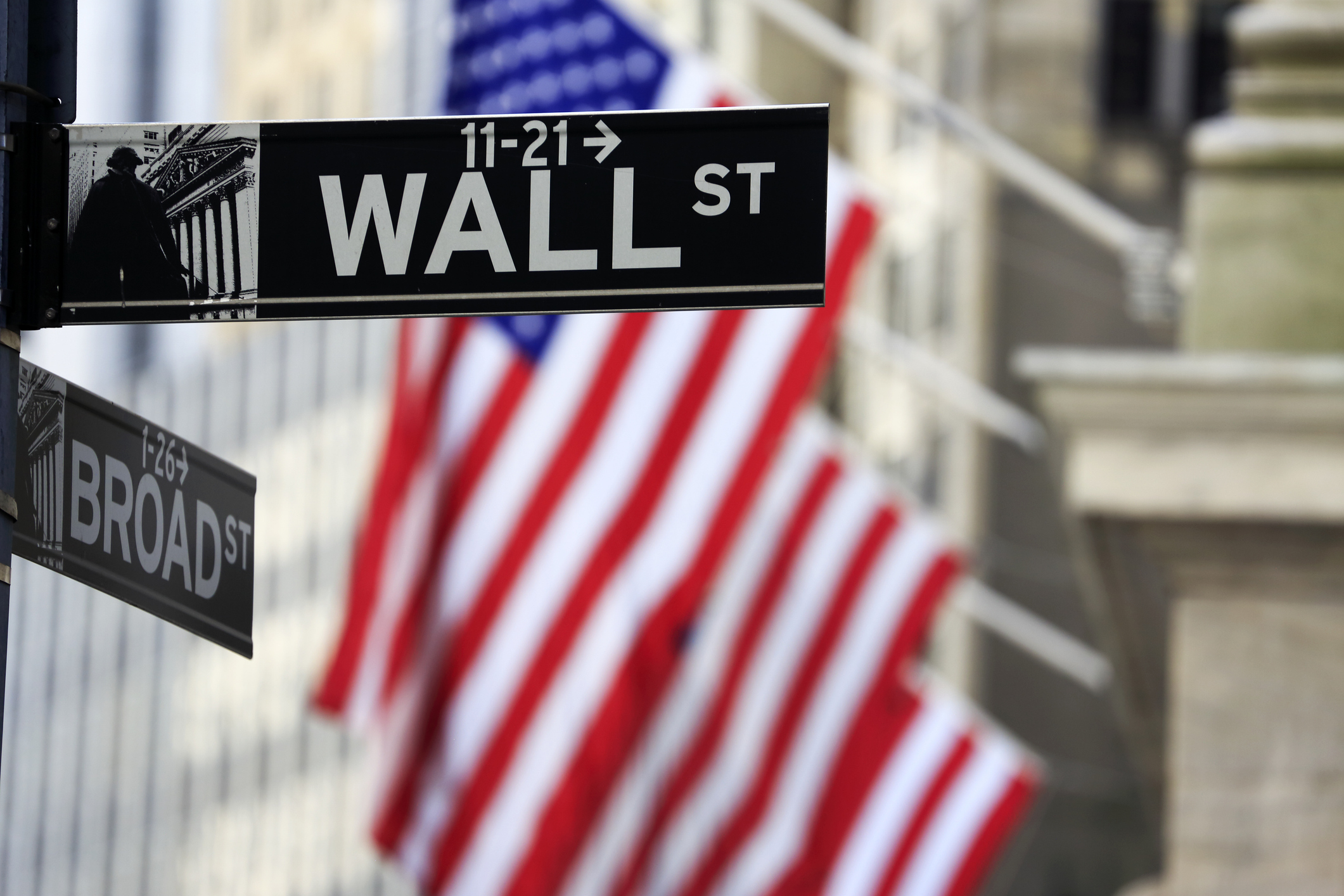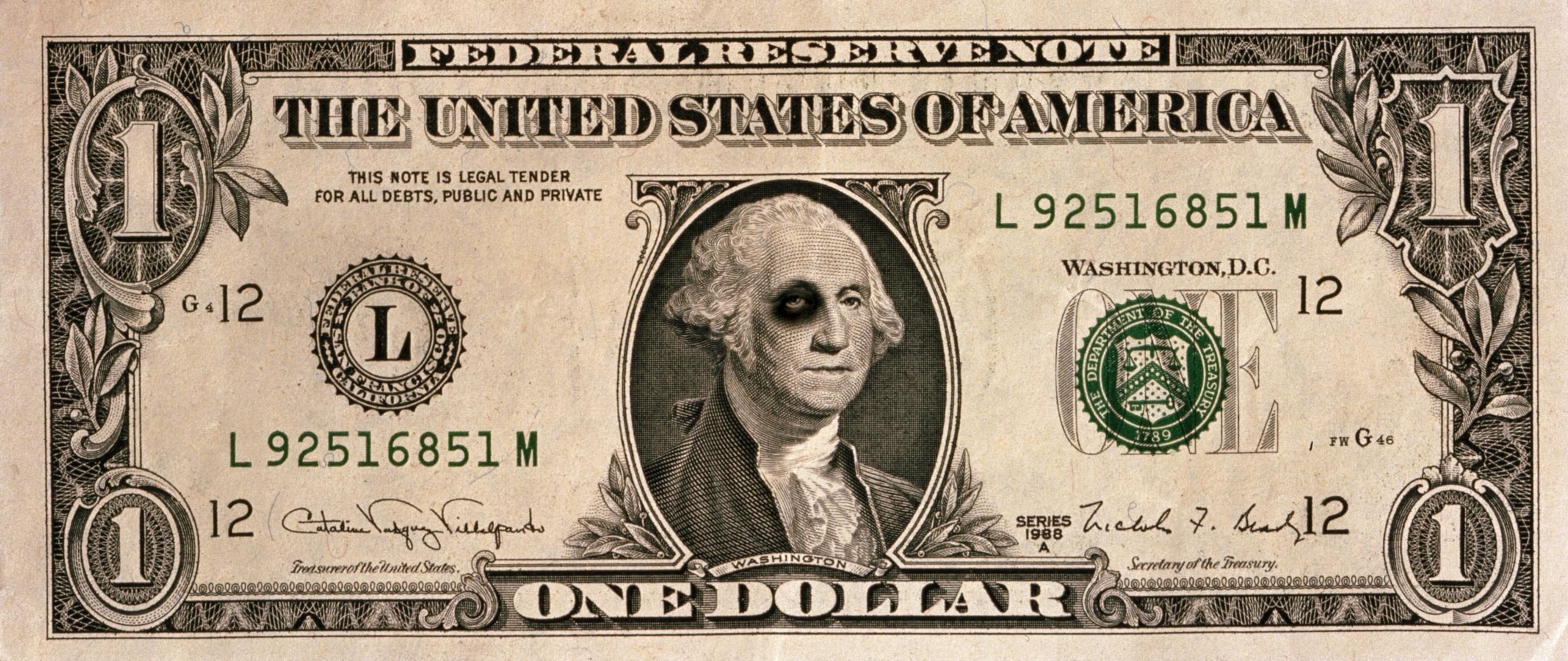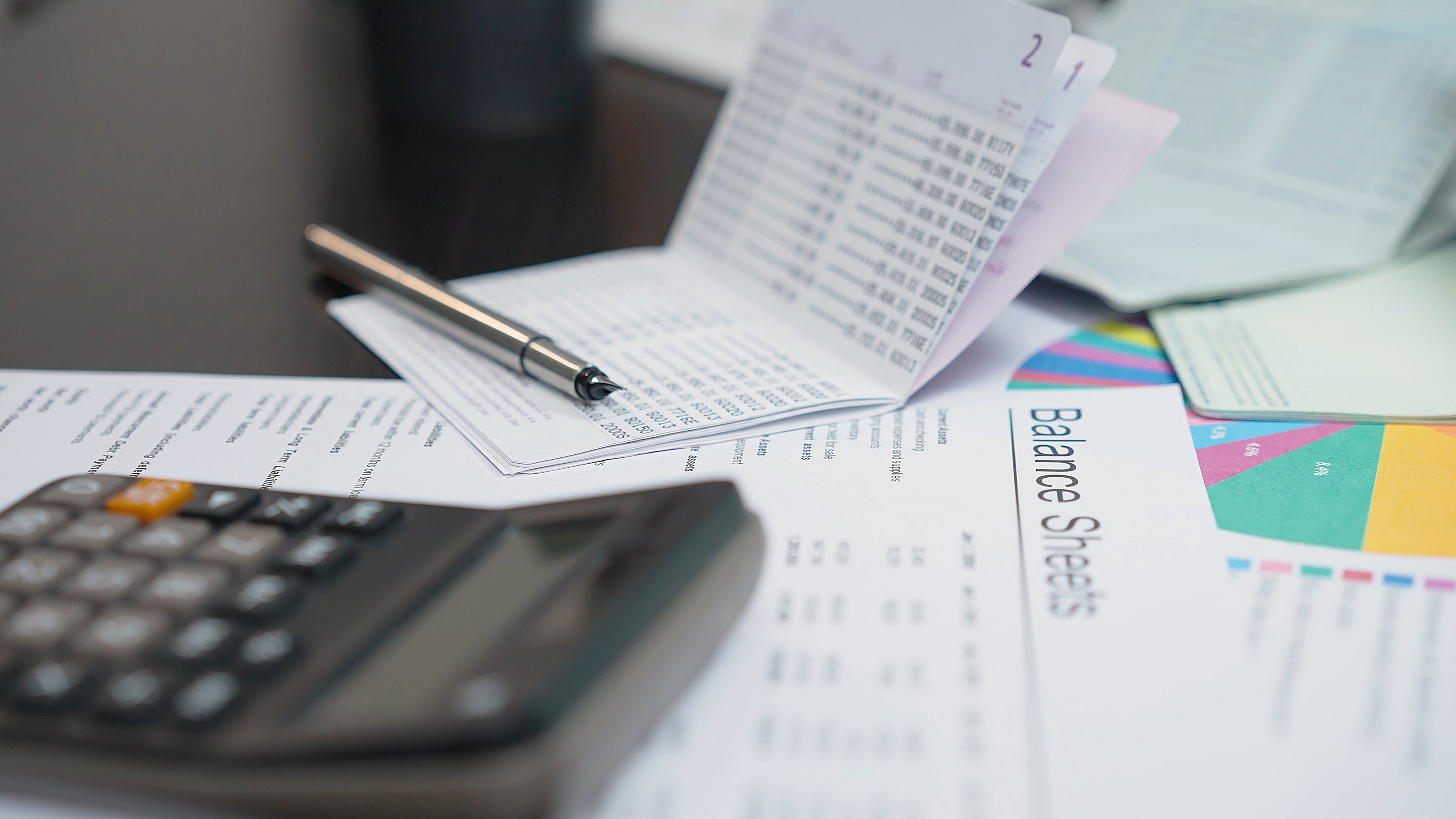Get A Portfolio That Pays You During Retirement with Dividend Investing
When it's time to start pulling money out of your retirement savings, it's nice to know that dividends are pumping it back in. But you've got to be careful when picking which dividend payers to rely upon.


If you’re like most people, you’ve spent much of your adult life working and, if you’re smart, saving some of the money you made and investing it.
During this “accumulation phase,” you built wealth and resources to provide an income source for yourself in retirement. You watched your portfolio grow, but you didn’t tap into it.
But now a change is coming. You’re retiring. And while you want your portfolio to keep providing returns, you also want it to give you income to use for your day-to-day expenses and to live the lifestyle you dreamed of.

Sign up for Kiplinger’s Free E-Newsletters
Profit and prosper with the best of expert advice on investing, taxes, retirement, personal finance and more - straight to your e-mail.
Profit and prosper with the best of expert advice - straight to your e-mail.
If you’re working with an adviser, he’s probably talked to you about this “distribution phase” and has been helping you prepare for it.
Much of that conversation should have been about moving to a safer investment strategy to protect the money you worked so hard to save.
Why dividends are attractive to retirees
If you haven’t already, it’s a good time to think about dividend investing as a part of that plan — building a collection of solid stocks with dividend yields that generate money throughout the year.
If you own stock, you know it goes up and down on a daily basis. The price changes to whatever somebody is willing to pay for it at the time; you hope it will continue to go up, but that’s not always the case.
But if it’s a company that pays dividends, it also will pay you cash that can be deposited into your brokerage or bank account. You get paid for owning that stock.
At a time when you’re looking for safety and security from your portfolio, dividend-paying stocks can be a good investment. Dividend payers historically outperform other investments over the long haul, with quite a bit less volatility. And it’s nice to know that if you need to take a 4% withdrawal from your portfolio, 3% or 4% will come from dividends, so you don’t have to put all your hope in that ever-changing market.
You know your portfolio is going to pay you for owning it.
What to watch out for
Still, you have to be careful when shopping for dividend-paying stocks. You can’t just pick stocks that pay high dividends. Do a little homework. Is the company healthy? Is it profitable? There are companies out there that pay high dividend rates, but they are losing money. The money they’re using to pay those dividends might be coming from borrowed funds, and when a company isn’t healthy financially and still pays a high dividend, you risk watching that stock go down to a point where it might not recover or, at best, it recovers slowly.
Companies with a history of paying dividends consistently, and increasing their dividends, are usually household names, such as Coca-Cola (KO), Pepsi (PEP ), General Mills (GIS) and Procter & Gamble (PG ). Financial companies often increase their dividends, as do health care companies. If you don’t want to pick individual stocks, you can choose a dividend growth mutual fund or a dividend growth exchange-traded fund (ETF). Your adviser can help you or do it for you.
Follow a long-term game plan
The idea with dividend investing is to not over manage. Plan to stick with that stock for a long while (unless something really catastrophic happens, or there’s a change of course within the company).
You don’t want 100% of your investments to be dividend payers, but there should be a good portion of your portfolio that pays you for owning it. Even if you’re not in the distribution phase yet, it can make sense to have some dividend payers in your portfolio, because then you have the miracle of compound interest: You can take those dividends and reinvest them.
But especially when you’re in the income phase of the investment life cycle, when it’s all about cash flow, having dividend payers in your portfolio makes it easier to achieve success.
Any comments regarding safe and secure investments, and guaranteed income streams refer only to fixed insurance products. They do not refer, in any way, to securities or investment advisory products. Fixed Insurance and annuity product guarantees are subject to the claims-paying ability of the issuing company and are not offered by Global Financial Private Capital.
This material is for informational purposes only. It is not intended to provide tax, accounting or legal advice or to serve as the basis for any financial decisions. Individuals are advised to consult with their own accountant and/or attorney regarding all tax, accounting and legal matters.
Get Kiplinger Today newsletter — free
Profit and prosper with the best of Kiplinger's advice on investing, taxes, retirement, personal finance and much more. Delivered daily. Enter your email in the box and click Sign Me Up.

Jared Elson is a Series 65 Licensed Investment Adviser Representative (IAR) and the CEO of Authentikos Advisory. Following a 10-year career with Yahoo, Jared identified an acute need for sound financial counsel in the tech industry and has excelled in giving tech professionals the tools they need to grow and preserve their wealth.
-
 What Wall Street's CEOs Are Saying About Trump's Tariffs
What Wall Street's CEOs Are Saying About Trump's TariffsWe're in the thick of earnings season and corporate America has plenty to say about the Trump administration's trade policy.
By Karee Venema
-
 The Role of the U.S. Dollar in Retirement: Is It Secure?
The Role of the U.S. Dollar in Retirement: Is It Secure?Protect your retirement from de-dollarization, because “capital always goes where it is treated best."
By Adam Shell
-
 To Stay on Track for Retirement, Consider Doing This
To Stay on Track for Retirement, Consider Doing ThisWriting down your retirement and income plan in an investment policy statement can help you resist letting a bear market upend your retirement.
By Matt Green, Investment Adviser Representative
-
 How to Make Changing Interest Rates Work for Your Retirement
How to Make Changing Interest Rates Work for Your RetirementHigher (or lower) rates can be painful in some ways and helpful in others. The key is being prepared to take advantage of the situation.
By Phil Cooper
-
 Within Five Years of Retirement? Five Things to Do Now
Within Five Years of Retirement? Five Things to Do NowIf you're retiring in the next five years, your to-do list should contain some financial planning and, according to current retirees, a few life goals, too.
By Evan T. Beach, CFP®, AWMA®
-
 The Home Stretch: Seven Essential Steps for Pre-Retirees
The Home Stretch: Seven Essential Steps for Pre-RetireesThe decade before retirement is the home stretch in the race to quit work — but there are crucial financial decisions to make before you reach the finish line.
By Mike Dullaghan, AIF®
-
 Three Options for Retirees With Concentrated Stock Positions
Three Options for Retirees With Concentrated Stock PositionsIf a significant chunk of your portfolio is tied up in a single stock, you'll need to make sure it won't disrupt your retirement and legacy goals. Here's how.
By Evan T. Beach, CFP®, AWMA®
-
 Four Reasons It May Be Time to Shop for New Insurance
Four Reasons It May Be Time to Shop for New InsuranceYou may be unhappy with your insurance for any number of reasons, so once you've decided to shop, what is appropriate (or inappropriate) timing?
By Karl Susman, CPCU, LUTCF, CIC, CSFP, CFS, CPIA, AAI-M, PLCS
-
 Before You Invest Like a Politician, Consider This Dilemma
Before You Invest Like a Politician, Consider This DilemmaAs apps that track congressional stock trading become more popular, investors need to take into consideration some caveats.
By Ryan K. Snover, Investment Adviser Representative
-
 How to Put Together Your Personal Net Worth Statement
How to Put Together Your Personal Net Worth StatementNow that tax season is over for most of us, it's the perfect time to organize your assets and liabilities to assess your financial wellness.
By Denise McClain, JD, CPA